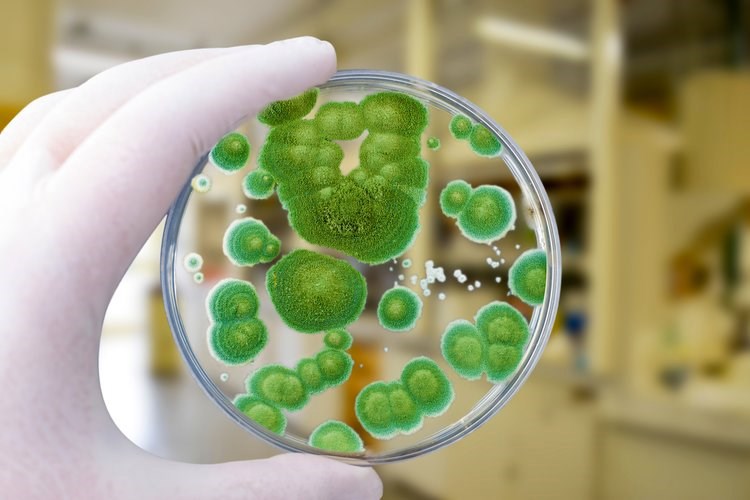

How to recognise
Multiple factors influence the growth of moulds, including transport and long-term storage in silos or other storage facilities. An optimal environment for mould growth is created by natural temperature fluctuations throughout the day and night, causing moisture from grains to evaporate and condense on the walls and ceilings of the storage facility, as well as on the top layer of the feed. In addition, moulds destabilise the raw materials and increase the temperature inside the silo or storage facility, allowing other potentially harmful microorganisms to proliferate. Moulds can also produce mycotoxins, which may negatively impact animal health.

The impact on the farmer
Moulds consume nutrients, reducing the nutritional value and palatability of raw materials. On average 6 to 7% of nutritional value is lost for materials such as corn, wheat, and barley. Numbers can vary depending on factors that include: type of material, climate zone, and presence of residual material such as chaff in the storage facility.
Raw material traders, crushers and feed processors should plan and implement a strategy to prevent economic loss by preserving nutrients and maintaining stable quality and palatability of raw materials.

